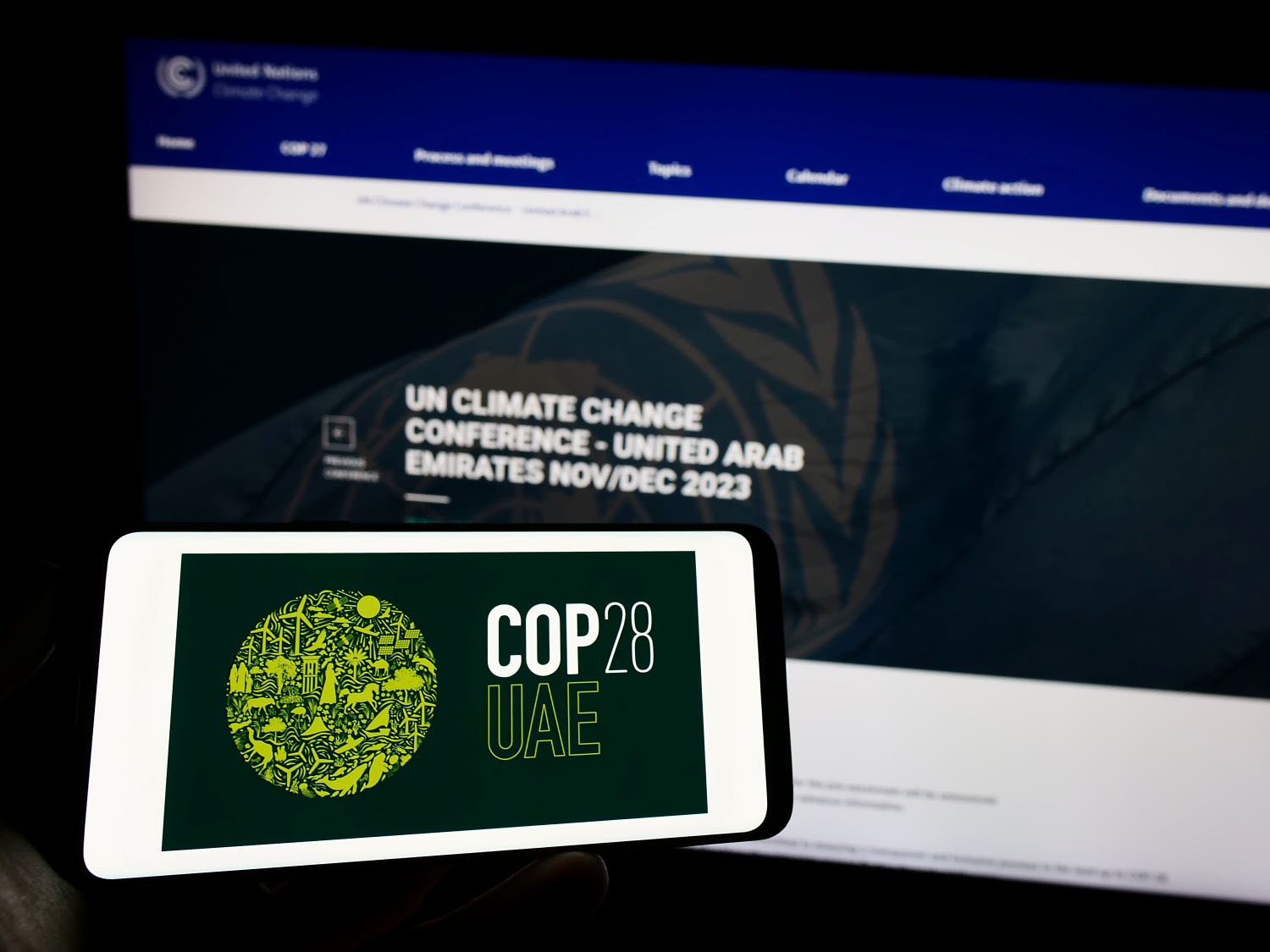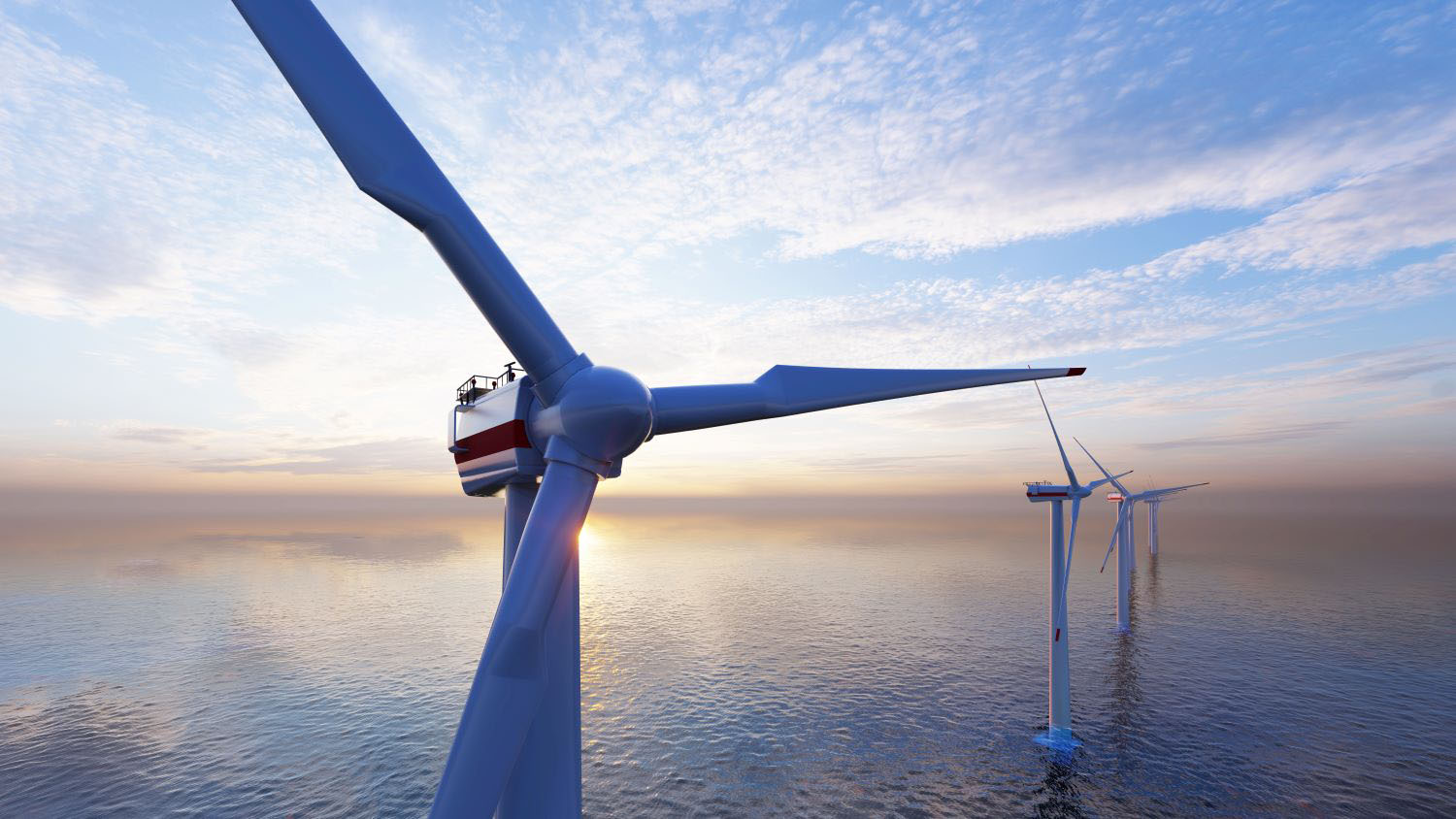As COP28 draws on, major multilateral development banks (MDBs) and the International Monetary Fund (IMF) have made flashy announcements about their desire to expand debt-for-nature swaps.
About a year ago, we warned against overestimating the efficacy of such swaps in addressing both climate change and debt crises. Based on research done at the IMF, we contend that debt-for-nature swaps might not be the transformative solution some think they are.
As these institutions renew their focus on swaps, we again urge caution. Against a backdrop of insufficient ambition and a pressing need for substantial initiatives to address the twin crises of low-income country debt burdens and climate change, prominent MDBs and the IMF may view a flashy announcement on debt-for-nature swaps as a strategic move to maintain some forward momentum. But it’s just as likely that they detract attention from the notable lack of progress and ambition in tackling either the climate crisis or the debt crisis—which the world needs to deal with in more substantive ways than the marginal benefits of debt-for-climate swaps.
Here’s more on what we wrote last December:
Why won’t debt-for-climate swaps do much to solve the climate crisis?
Debt-for-climate swaps have received more attention over the last few months as the international community tries to reach the $100 billion-per-year climate finance goal set out in Copenhagen in 2009. These swaps would increase climate spending, but they are unlikely to have any impact at scale, for several reasons.
First, the countries that need debt relief are largely not the ones responsible for climate change: the 37 countries at high risk of debt distress or already in debt distress account for just 0.5 percent of total world emissions. That means that climate projects in these countries would be best focused on adaptation, not mitigation—which is valuable, but not likely to reduce global emissions or help the world reach the 1.5-degree climate goal any faster. (Swaps could be used in bigger carbon-emitting countries, like India or Brazil. But if their external debt is relatively low, other forms of support would be better, as we discuss below.)
Second, since the first debt-for-climate swap in 1987, the total face value of debt treated globally through these swaps has been $3.7 billion, according to recent analysis by the African Development Bank. However, the amount actually allocated to environmental projects was less than half of the debt relieved (around $1.5 billion—a total over 20+ years that is only 1.5 percent of the $100-billion-per-year climate finance goal). These swaps are simply not a very efficient way of mobilizing finance at the scale needed, because a substantial portion of the money relieved by the debt doesn’t go toward climate projects.
Why won’t debt-for-climate swaps do much to solve the debt crisis?
Debt-for-climate swaps also have had a minimal fiscal impact on the countries involved, according to the African Development Bank. The Heavily Indebted Poor Country (HIPC) initiative and related Multilateral Debt Relief Initiative (MDRI) programs relieved 37 participating countries of more than $100 billion in debt. And current debt of poor countries now amounts to some $200 billion according to some estimates. While debt-for-climate swaps could contribute some relief, so far they haven’t been able to reach the scale needed—to date only $3.7 billion—and the resulting budgetary space for poor countries has been small. Other treatments offer better ways to tackle the debt crisis including finding alternatives to borrowing, managing borrowing and lending better, increasing accountability to improve the behavior of borrowers and lenders, and introducing better ways of managing debt.
While debt for nature swaps will help at the margins of these global challenges, they are unlikely to be transformative game-changers. Touting them as such should instead remind us that the global community has not yet really faced up to the formidable twin challenges of climate and debt.
CGD blog posts reflect the views of the authors, drawing on prior research and experience in their areas of expertise.
CGD is a nonpartisan, independent organization and does not take institutional positions.







